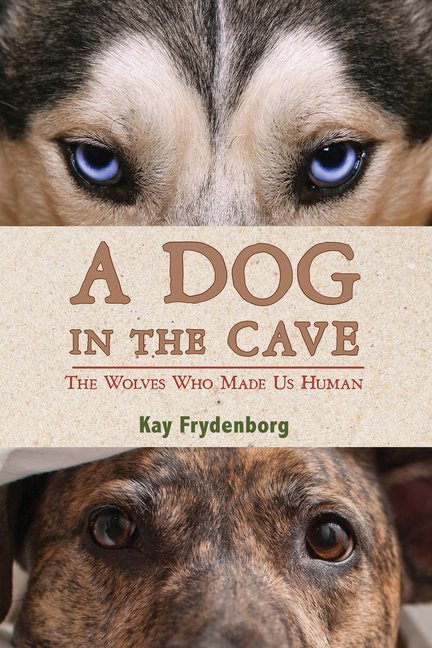local_shipping Free Standard Shipping on all orders $25+ and use Coupon Code SummerReading for an additional 20% off!
A Dog in the Cave: The Wolves Who Made Us Human

Fossil evidence shows that we began sharing our lives with dogs much earlier than had been previously thought. With this evidence, a new theory of human and dog coevolution has arisen, and with it a different way to look at our relationship with humankind's best friend. Combining history, paleontology, biology, cutting-edge medical science, and photography, Kay Frydenborg paints a picture of how humans and dogs became so closely entwined--and how we coevolved into the species we are today.
YAN050030 - Young Adult Nonfiction | Science & Nature | Biology
YAN003000 - Young Adult Nonfiction | Animals | General
History
Dogs
Evolution
Coevolution
Publishers Weekly
Incorporating insights from paleontology, biology, and the social sciences, Frydenborg (Chocolate) offers a fascinating study of the ways in which a relationship with canines has been pivotal to humanity's development. Frydenborg structures the narrative around the 1994 discovery of the fossilized footprints of a prehistoric child in a cave in Southern France. Alongside the boy's prints were those of a large, wolflike dog--arguably, the boy's companion. This discovery, along with developments in canine science, suggested that humans have been living with dogs for thousands of years longer than previously believed. Canine studies, Frydenborg explains, have taken this notion even further, with the theory that wolves and humans coevolved: "Humans and dogs, living so closely together over time, evolved specialized brain capacities that complemented one another perfectly." She also explores dog psychology, with a particular emphasis on the question of whether dogs possess "theory of mind." Sidebars and color photographs supplement and expand on the central narrative, which is all but certain to leave readers thinking about their dogs, and themselves, in entirely new ways. Ages 12-up. (Mar.)
Copyright 2017 Publishers Weekly, LLC Used with permission.School Library Journal
Gr 7 Up--It may come as no surprise that our canine companions descended from wolves, but this title describes a coevolution and cooperation with humans that may have begun much earlier than scientists once estimated. The 1994 discovery and carbon dating of tracks of a wolflike dog and a boy in France's Chauvet Cave reveal that humans and dog companions walked together 26,000 years ago. This is an unfolding story, leading readers through the basics of evolutionary science and how findings lead to anthropological theories. The variations in breeds today are explained in terms of artificial vs. natural selection. American paleoanthropologist Pat Shipman suggests that wolves may have helped modern human ancestors survive the Paleolithic era, when Neanderthals could not, by teaching humans how to delegate pack responsibilities of protection, scouting, and babysitting. In turn, wolves learned to follow a human's gaze. The investigative puzzle emphasizes the importance of asking questions and collaborating with scientists from other fields to come up with answers. Color-blocked pages offer explanations of scientific processes, profile field-related tools, and relay asides about canine fanciers and 9/11 rescue dogs. The latter part of the book focuses on the intelligence, personality, and trainability of dogs and on current research on a shared community of disease-preventing microbes that shine a positive light on "sloppy dog kisses." VERDICT This is narrative nonfiction at its best--high interest and engaging, with meaty interdisciplinary science exploration. A top choice for tweens and teens.--Vicki Reutter, State University of New York at Cortland
Copyright 2017 School Library Journal, LLC Used with permission.




